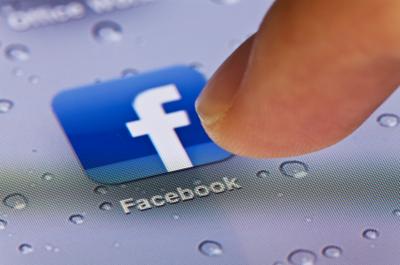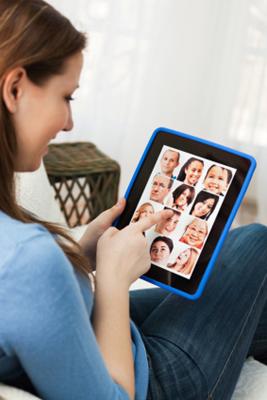4. It's an open, open, open world
Many technical events or tradeshows happen behind closed doors, but why not embrace the concept of openness and sharing? Even though Facebook's business model is based on social sharing, the same principles can be adapted to other businesses.
You don't have to take sharing to the extent Facebook did. Start by looking for event content that is relevant to the largest audience, such as an opening keynote or a popular product demo. Sharing can be easily accomplished by any of the techniques mentioned in this article; the hard part is embracing the concept and getting buy-in to open your event to a larger audience.
But think of it this way: For every tradeshow or event, a group of people will be unable to attend who have interest in your products/solutions. In many cases, being open, sharing your message, and encouraging conversation may drive future event attendance and increase participation.
* * *
You don't have to be a giant like Facebook to achieve success with your tradeshows and events. No matter the size of your company or what type of event you're hosting, a few smart social and Web-marketing strategies can create an engaging event experience that'll reach beyond in-person attendees and keep the conversation going about your company.
Do you know of other tradeshow or event marketing lessons that can be learned from Facebook?



















![Four Misconceptions That Stall B2B Pipeline Growth [Infographic]](https://i.marketingprofs.com/assets/images/articles/lg/250717-infographic-lg.jpg)




